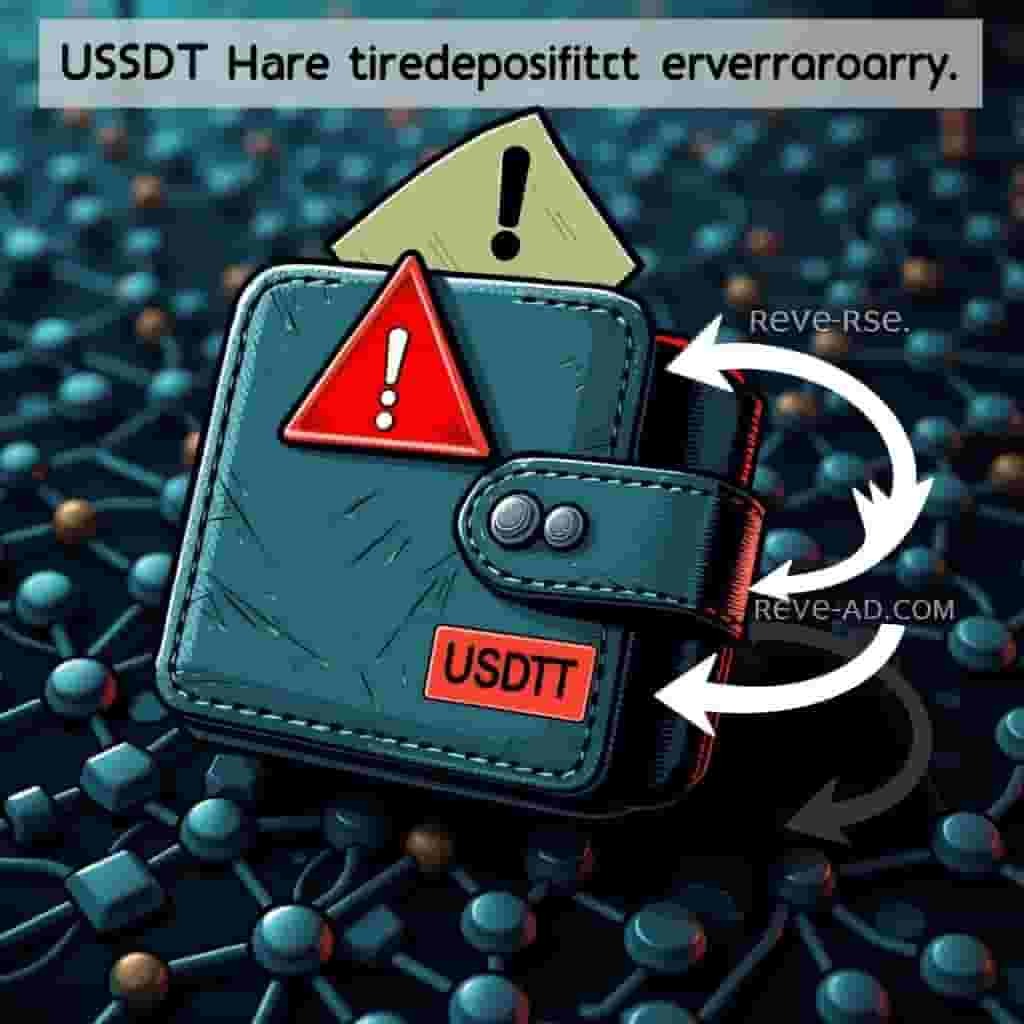Cost of Exchanging for $30 | Currency Conversion Fees Explained
- 未命名
- 2025/10/01 20:15:51
- 0
Real drivers and realistic setups
Real-World Scenario
Imagine you're planning a trip to Europe and need to exchange $30 for Euros. You visit a local currency exchange booth and find out that the fees can significantly reduce the amount of Euros you receive. This scenario is common for travelers, expats, and businesses dealing with international transactions.- Fees can range from 2% to 7%, meaning you might only get around $28.60 to $27.90 in Euros for your $30.
- These fees can add up quickly, especially if you need to exchange larger sums or do so frequently.
- Exchange booths often have fixed rates that don't benefit from market fluctuations, leaving you at a disadvantage.
- Using ATMs or online platforms might seem like a better option, but they still come with their own set of fees and limitations.
How it works
- Identify the currency you need and the amount you wish to exchange.
- Select an exchange provider, such as a bank, currency exchange booth, or online service.
- The provider offers an exchange rate and a spread (the difference between the buy and sell rates).
- Calculate the fee based on the spread and subtract it from your initial amount.
- Complete the transaction by providing identification and any other required documents.
- Receive your new currency after processing the transaction.
Examples
Example 1: At a currency exchange booth, you want to convert $30 to Euros. The booth offers an exchange rate of 1 USD = 0.85 EUR with a fee of 5%. The calculation is:

$30 - (5% of $30) = $30 - $1.50 = €28.50
Example 2: Using an online service, you convert $30 to Euros at a rate of 1 USD = 0.87 EUR with a fixed fee of $2 per transaction. The calculation is:
$30 - $2 = €26.10 (rounded down from 26.13)
Question
Q: Are there any ways to avoid these fees?
A: While completely avoiding fees is difficult, there are strategies to minimize them:
- Use official bank transfers for large sums.
- Become familiar with different providers and their rates to negotiate better terms.
- Avoid exchanging at airports or tourist-heavy areas where fees are typically higher.
- Consider using credit cards with no foreign transaction fees for purchases overseas.
Risk management you can actually use
- Risk per trade = account equity × risk% (e.g., 1%).
- Position size = risk per trade ÷ (entry − stop).
- Expectancy (E) = win_rate × avg_win − (1−win_rate) × avg_loss.
- Cap total portfolio risk; journal every trade.
A quick example
Account $10,000, risk 1% → $100 risk per trade. Entry $50, stop $48 → $2 risk/share → 50 shares. Target $54 (2R). If stopped, −$100; if target hits, +$200 (before costs).
How much capital do I need to start?
Use an amount you can afford to lose while learning a repeatable process.
How do I size positions?
Decide a fixed risk % per trade, then divide by the price distance to your stop.
How often should I review?
Match your timeframe: DAIly/weekly for swing; weekly/monthly for long-term.
What goes into my journal?
Thesis, entry/exit, risk (R), emotions, result, next improvement.
Sources & Signals (add before publish)
- Earnings or guidance: …
- MaCRO data or policy: …
- Sector flows: …
- Unusual volume/price action: …
